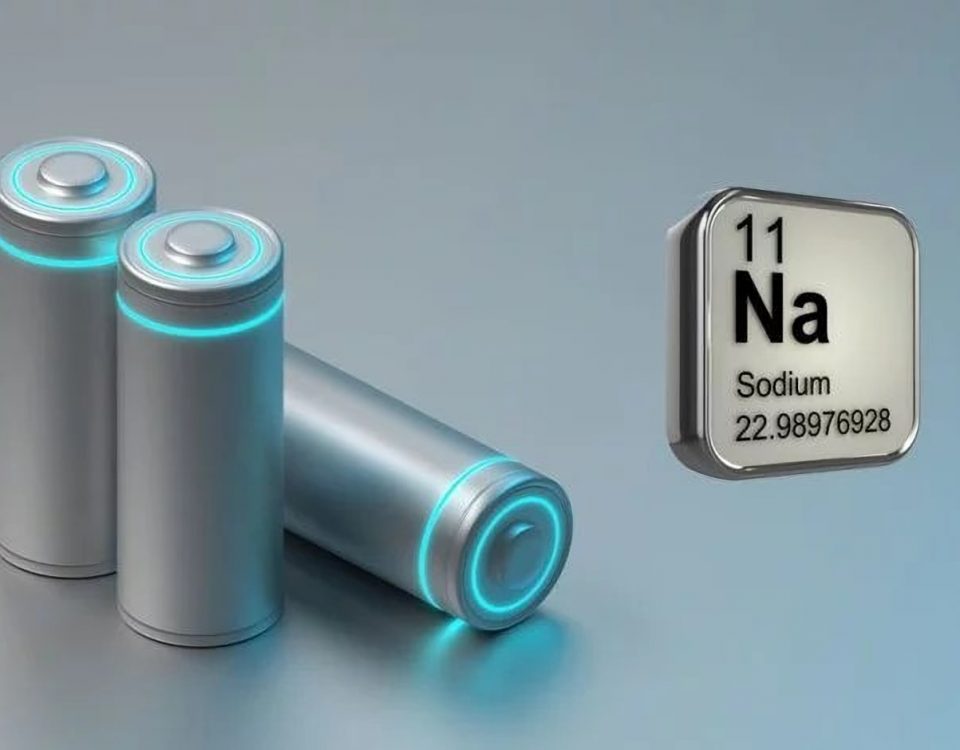A forklift battery is one of the most expensive and mission-critical components in a material-handling fleet. Replacing it too early wastes capital; replacing it too late risks downtime, safety incidents, and higher long-term cost. This article explains the practical signs, technical thresholds, testing methods, and best practices that tell you when a forklift battery should be retired — plus actionable steps to extend service life before replacement becomes necessary. Advice below draws on current industry practice and battery-science fundamentals so you can make informed, defensible replacement decisions for your operation.
Typical lifespan and the single most useful rule of thumb
In real-world service, a well-maintained lead-acid motive-power battery commonly delivers on the order of 1,200–1,500 full charge cycles — roughly equivalent to about 4–6 years if used and charged once per working day. When a battery’s usable capacity falls below about 80% of its rated amp-hour capacity, it’s generally considered to have reached the end of its economical service life and should be replaced.
Practical signs a battery needs replacing
Watch for these operational symptoms — they’re the immediate red flags your operators will notice before a formal test confirms the diagnosis:
• Shortened run time: the truck no longer lasts through a full shift or loses runtime compared with baseline.
• Slow recharge or long soak periods: charging takes significantly longer than normal to reach full charge.
• Uneven cell performance: individual cells show low specific gravity or voltage under charge/load tests.
• Excessive heat or bulging casing: elevated temperatures or deformed cases indicate internal damage and possible short circuits.
• Corrosion, leaks, or physical damage: cracks, electrolyte leaks, or heavy corrosion at terminals compromise safety and performance.
• Strong sulfurous (“rotten egg”) smell during charging: an indicator of abnormal gassing or damage.
Any one of these symptoms alone should trigger a diagnostic routine; multiple signs together point strongly toward replacement.
Why batteries fail — the technical drivers
Understanding failure modes helps decide whether a battery can be repaired or must be replaced:
• Cycle fatigue and active-material loss. Repeated charge/discharge cycles slowly corrode grid material and shed active material, reducing capacity. After ~1,500 cycles the battery may no longer accept a full charge.
• Sulfation. Leaving a battery in a partially charged or discharged state allows lead sulfate crystals to grow and harden on the plates, permanently reducing capacity and charge acceptance. Habitual under-charging and long idle periods accelerate sulfation.
• Thermal stress. High cell temperatures accelerate corrosion and material shedding; low temperatures reduce available capacity and slow charge acceptance. Both extremes shorten service life.
• Mechanical/chemical damage. Overcharging, vibration, poor watering practices, or physical damage can cause internal shorts, loss of electrolyte, or cracked cases that lead to irreversible failure.
How to test and diagnose: objective checks that decide replace vs. repair
A proper diagnostic sequence tells you whether cells can be reconditioned or the pack should be retired:
-
Open-circuit voltage and specific gravity: take per-cell readings after rest. Large cell-to-cell variance (>0.05–0.10 V or >0.030 specific gravity) points to failing cells.
-
Load (discharge) test: a controlled load test reveals true capacity and voltage behavior under use. If total amp-hour capacity is under ~80% of rated, replacement is recommended.
-
Impedance/IR testing: internal resistance increases as cells age; a sudden jump in one cell indicates localized failure.
-
Thermal imaging while charging/discharging: identifies hot cells and poor conduction.
-
Visual inspection and hydrostatic checks: check vent caps, case integrity, and electrolyte level/contamination.
If problems are localized and the battery is relatively young (e.g., fewer than ~1,000 cycles), cell replacement or reconditioning may be cost-effective. For older packs near the cycle limit, whole-pack replacement is usually the best long-term decision.
Maintenance and charging practices that delay replacement
Good maintenance both extends life and postpones the capital expense of replacement:
• Charge on schedule; avoid deep discharges. Limiting the depth of discharge (DoD) to under ~80% on a regular basis and charging after each shift prevents excessive strain.
• Use correct chargers and charge profiles. Modern adaptive chargers that control finishing voltage and equalization cycles improve charge acceptance and cell balance.
• Strict watering and electrolyte care. Top up distilled water regularly and maintain correct specific gravity; low electrolyte is a leading cause of plate exposure and irreversible damage.
• Temperature control. Keep batteries within recommended temperature ranges; avoid exposing them to sustained >90–110°F cell temperatures. Heating or conditioning in extreme cold preserves capacity.
• Ventilation and safe charging areas. Hydrogen evolution during charging requires dedicated, well-ventilated charging zones with signage and spill containment.
Following these practices can add months to years to a pack’s useful life and reduce the frequency of full replacements.
Replace vs. repair — a simple decision framework
When evaluating a failing pack, consider:
-
Age and cycles: if near or past ~1,200–1,500 cycles, favor replacement.
-
Capacity remaining: below ~80% → replace.
-
Number of bad cells: multiple failing cells or high variance → replace; one isolated bad cell in a young pack → consider cell replacement.
-
Total cost of ownership: compare pro-rated cost of a new pack (or lithium conversion) vs. expected remaining life after repair. Include downtime, labor, and safety risk.
-
Opportunity to upgrade: replacement is an opportunity to evaluate lithium-ion alternatives where appropriate (smaller footprint, opportunity charging, longer cycle life) — but only after a careful ROI and safety review.
Choosing replacement technology: lead-acid vs. lithium
Lead-acid remains the industry workhorse because of low upfront cost, simplicity, and established servicing infrastructure. Lithium-ion packs carry higher upfront cost but usually offer longer cycle life, faster opportunity charging, and lower maintenance (no watering, less ventilation required). The decision should be driven by duty cycle, shift patterns, charger compatibility, and facility ventilation constraints. Factor in total cost of ownership (battery + charger upgrades + training) rather than purchase price alone.
Operational checklist when you decide to replace
• Schedule replacement to minimize downtime (consider loaner or staged swap).
• Ensure proper disposal or recycling of the old pack through certified recyclers.
• Update maintenance logs and baseline performance metrics for the new pack.
• Provide operator training on charging habits and safety with the new technology.
Final note: standardize a battery health program
The most reliable way to avoid surprise replacements is a simple battery health program: baseline capacity testing at acceptance, routine weekly visual and hydrometer checks, monthly impedance or discharge testing, and a clear replacement policy tied to cycle count and percentage capacity. With this approach you shift from reactive replacement to planned lifecycle management — lower total cost, safer operations, and fewer unexpected production interruptions.
RICHYE recommends that fleet managers treat battery replacement as a predictable lifecycle event rather than an emergency. With objective testing, disciplined maintenance, and a clear decision framework, you can maximize runtime, minimize cost, and keep your material-handling operations running smoothly.




